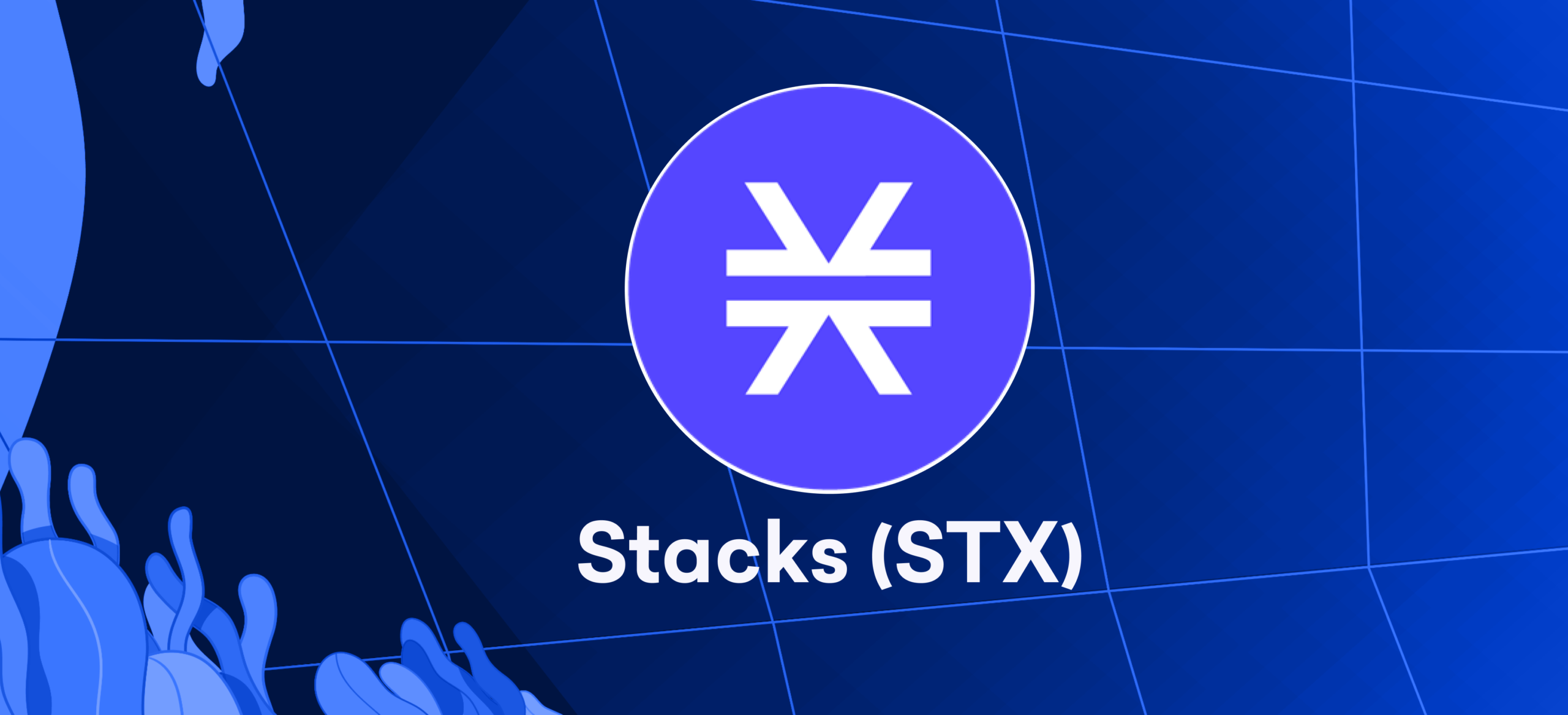
Proof-of-Work (PoW) and Proof-of-Stake (PoS) are ways for digital currencies to keep their network safe. Bitcoin uses PoW to make sure no one is cheating. Miners, who use their computers to solve problems, compete to add new parts to the Bitcoin chain. The winner gets some Bitcoin as a prize.
PoS is different from PoW. In PoS, people called “validators” don’t need super-strong computers. They need to keep some of the digital currency safe. Then, the network picks the winner based on how much they have. The more they have, the more likely they will be chosen to validate the new parts of the chain and get some of the transaction fees as a reward.
Blockchain networks use different ways to make sure transactions are valid. The first one is called Proof of Work (PoW). Satoshi Nakamoto made it, and people found this one of the safest networks. Another way is called Proof of Stake (PoS) and is used by many other digital coins.
Famous digital coins like Bitcoin, Ethereum, and Litecoin use PoW. But PoS is used by others like Binance Coin, Solana, and Cardano. It’s important to know that Ethereum plans to change from PoW to PoS next year.
What Is Proof-of-Work?
Proof-of-work was created in 1993 to stop spam emails and protect against attacks that stop a network from working. Then, in 2008, Satoshi Nakamoto used PoW to make sure new parts of the Bitcoin network were genuine.
People use PoW to use computers called nodes to do math problems. The problem’s solution confirms a new part of the chain. The first person to solve the math problem gets some new cryptocurrency. Mining is the term used for this process, and the person who solves the problem is referred to as a miner. Lots of miners working together help keep the blockchain safe for everyone. The math problem itself is called proof of work.
How Does PoW work?
A blockchain is like a big chain made up of blocks. Each block has information about things like money being traded or moved. The first block is called the “genesis block.” After that, every new block added to the chain links to the one before.
Miners compete to add the next block. They must follow the blockchain rules and use their computers to solve a puzzle. The first one to solve it gets to add the next block.
The blocks keep track of all the trades and ensure no one can spend the same money twice. Sharing information with many people makes it challenging for anyone to change it. To prevent tampering, users check information in the blockchain using hashes, long strings of numbers that act as proof of work. The hash function checks that the information matches the original data.
Proof-of-work makes it hard to cheat because changing anything in the chain of blocks would mean you have to redo all the blocks that came after it. This is because the computer and energy needed to solve math problems are costly, so no one person can control the network.
PoW uses math and secret code to ensure that blockchain transactions are fair and correct. When creating new blocks, miners try to find the correct answer to the math problems. They do this by trying to guess a string of numbers that look random. These unique texts, or a data file signature, refer to the hashing. The SHA-256 hash gives an almost-unique signature 256 bits long (32 bytes).
PoW: The Transaction Verification Process
Every 10 minutes, the system creates a new block. It takes about the same amount of time to verify Bitcoin transactions. Each block holds different transactions that need verification. In a decentralized system, confirming every transaction is challenging and energy-intensive.
Proof-of-Work harnesses massive computational power to solve cryptographic algorithms, making it impossible for network participants with fewer resources to earn rewards easily.
Once the system verifies all transactions within a block, it adds them to the public blockchain for everyone to see.
Imagine finding the answer to 4 + 8 using Proof-of-Work. We know the answer is 12, but in this model, the first miner to find the answer wins the reward. Let’s see how Miner 1 and Miner 2 compete to solve the problem.
Miner 1 tries:
1st attempt: 4 + 8 = 11 (Incorrect)
2nd attempt: 4 + 8 = 9 (Incorrect)
3rd attempt: 4 + 8 = 10 (Incorrect)
Miner 2 tries:
1st attempt: 4 + 8 = 13 (Incorrect)
2nd attempt: 4 + 8 = 12 (Correct!)
3rd attempt: 4 + 8 = 14 (Incorrect)
As you can see, Miner 2 successfully finds the correct answer on the second try and earns the reward. But in reality, computers can make millions of attempts every second in this race to win the prize.
The process may differ for PoW coins other than Bitcoin, as these newer coins aim to fix the issues present in Bitcoin.
Pros and cons of PoW
Proof of Work (PoW) is a consensus algorithm many cryptocurrencies use to validate transactions and secure their networks. Here are the pros and cons of using PoW.
Pros:
- Security: PoW secures the network with its high level of protection, which requires a lot of computational power to carry out a successful attack.
- Decentralization: PoW enables anyone with sufficient computing power to participate in the validation process, making the network decentralized.
- Immutable: PoW ensures the integrity of the data by making it difficult to alter or remove blocks once they have been added to the blockchain.
Cons:
- Energy consumption: PoW consumes much energy, leading to increased carbon emissions and negative environmental impact.
- Centralization: Despite its decentralized theory, PoW can lead to centralization in practice, favoring those with access to more computational power.
- Scalability: PoW’s slow and inefficient process makes it difficult for the network to handle many transactions.
- Complexity: PoW’s complexity and difficulty to understand may limit its adoption among some users.
What Is Proof-of-Stake?
In 2011, the Bitcointalk forum proposed a new approach to address the inefficiencies of the PoW consensus mechanism and reduce the computational resources required to run the blockchain network. This concept, based on the verifiable stake in the ecosystem, replaces actual work with the existence of cryptocurrency tokens native to the blockchain.
Proof-of-stake consensus mechanism validates transactions on the crypto network by requiring users to demonstrate ownership of a certain quantity of cryptocurrency tokens. For instance, if miner A stakes 30 coins, miner B stakes 50 coins, miner C stakes 75 coins, and miner D stakes 15 coins, miner C earns the right to write and validate the next block. Instead of receiving block rewards like in proof-of-work, miner C collects transaction fees as network fees.
How does PoS work?
The first block in a PoS blockchain is called the genesis block. It’s unique because it’s built into the program. The blockchain connects all the other blocks and maintains a record of all the information. In PoS, people don’t race to add new blocks like in PoW. Instead, they’re called “minted” or “forged.”
PoS blockchains don’t stop anyone from adding blocks based on how much energy they use, unlike PoW. And, PoS uses less energy than PoW. You don’t need a super-powerful computer to add new blocks, either. This makes PoS blockchains have more people adding blocks.
Having more parts in a network can make rules that keep the network from being controlled by just one person or group. In a proof-of-stake system, this is possible because the network doesn’t depend on just one type of computer. That’s why proof-of-stake is often considered the best way to keep the network fair and not controlled by just a few people.
People who want to help add blocks to a proof-of-stake blockchain must “lock up” some of the network’s special money. The more they lock up, the better their chance of being picked to add a block. But they might lose what they locked up if they do something terrible.
When choosing who gets to add a block to a proof-of-stake (PoS) blockchain, different things can be taken into account. This can include how long a person has kept their money in the blockchain and sometimes even just luck. The person who adds a block gets a special reward, like in proof-of-work (PoW).
PoS: The Transaction Verification Process
To make it simple, let’s use Dash as an example. To use PoS, you need to have at least 1000 Dash coins. This was worth a lot of money, about 1.5 million dollars back in December 2017.
- Choose how many coins you want to use for staking.
- Find out how many coins are being used in the system, which is 1000.
- Buy and use 100 coins, which is 10% of all the coins.
- Now you can get rewards from staking. With this example, you can get 10% of all prizes on the blockchain.
Pros and cons of PoW
Proof of Stake (PoS) is a consensus algorithm some blockchain networks use as an alternative to Proof of Work (PoW). Here are the advantages and disadvantages of PoS:
Pros:
- Energy Efficiency: PoS conserves energy by not requiring extensive computational power and electricity consumption, unlike PoW, making it more environmentally friendly.
- Increased Security: PoS improves security by requiring validators to hold a certain amount of tokens, discouraging malicious behavior and making the network less likely to be compromised.
- Scalability: PoS improves scalability by handling a higher number of transactions per second compared to PoW.
Cons:
- Lack of Decentralization: PoS lacks decentralization. It still requires a certain number of validators and can become centralized if a few large token holders control most of the tokens.
- Vulnerability to Attack: PoS is vulnerable to “nothing at stake” attacks where validators can validate multiple chains simultaneously, leading to network instability.
- Token Holding Requirements: To become a validator in PoS, one must hold a certain amount of tokens, which can be a barrier to entry for some users.
- Lack of Sybil Resistance: PoS is vulnerable to Sybil attacks, where a malicious actor creates multiple identities to gain control over the network.
Overall, PoS offers a more energy-efficient and scalable alternative to PoW but faces challenges in decentralization, security, and resistance to attack.
Why Proof of Stake Is better than Proof of Work?
Proof of Stake (PoS) revolutionizes blockchain security. It surpasses Proof of Work (PoW) because it conserves energy. PoW requires computers to solve complex puzzles to secure the network, consuming vast amounts of electricity and making the network expensive. Instead, PoS utilizes coin owners who “stake” their coins to secure the network, conserving energy and preserving resources.
PoS also speeds up the network compared to PoW. PoW takes considerable time to add new blocks to the network, hindering its performance and usability. PoS moves quickly, adding blocks faster and improving network performance due to its energy efficiency. PoS proves to be a cost-effective solution as well, with its energy conservation leading to lower operational costs and a sustainable network for the long term.
The proof-of-work system has become unfair for regular participants, but proof-of-stake offers equal opportunities for everyone to become a forger and earn rewards. Ethereum prepares to switch to proof-of-stake in its 2.0 version, set to release next year. Ethereum developers and communities strive to maintain a decentralized and transparent ecosystem. They favor proof-of-stake as a solution to potential hacking issues arising from the proof-of-work model.








